Dagwanoenyent
In Iroquois mythology, Dagwanoenyent was the daughter of the Wind who often took the form of a whirlwind.
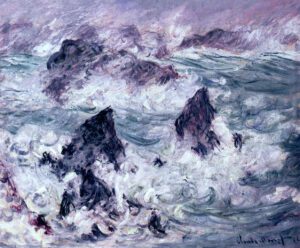
In Native and Meso-American beliefs, “demons” tended to be supernatural deities capable of destruction as well as good. Often, these “evil” entities were the foes of gods/goddesses primarily worshiped or were personifications of acts of nature (e.g. hurricanes, winds, etc) that could wreak havoc on everyday life. Read profiles of demons, tricksters and evil spirits within the various Native American, Aztec, Mayan, and other Meso-American cultures below. Learn more about my philosophy behind the classifications.
Select Demon By Type »
[ All Demons | Americas | Asia/East | Europe | Judeo-Christian | Modern Magick | What is Demonology? | What is Evil? ]
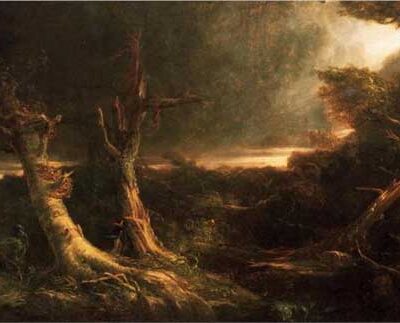
In Iroquois mythology, Dagwanoenyent was the daughter of the Wind who often took the form of a whirlwind.
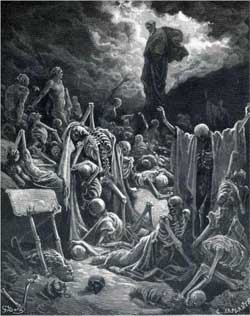
Hun Came and Vucub Came (One Death and Seven Death) are the principle death gods of the Mayan underworld.
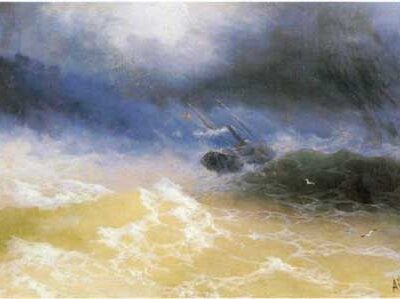
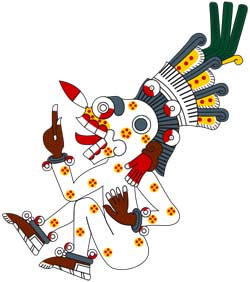
In Aztec mythology, Mictlantecuhtli was the skeletal god of death who ruled over Mictlan, the underworld, with his wife, Mictlancihuatl.
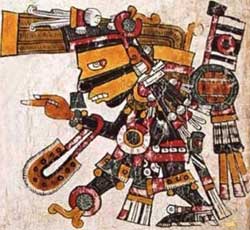
Tezcatlipoca ("smoking mirror") represents conflict and change in Aztec mythology.
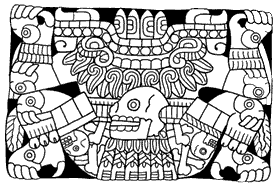
Tlaltecuhtli ("Earth Lord") was a large earth monster in Aztec mythology.
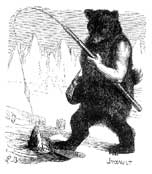
Tornarsuk is the ruling spirit higher than the Tornaq (a shaman's familiar).
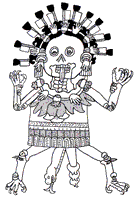
The tzitzimime were celestial demons in Aztec mythology that continuously threaten to destroy the world.
Subscribe to our weekly newsletter below to get new articles and updates!
